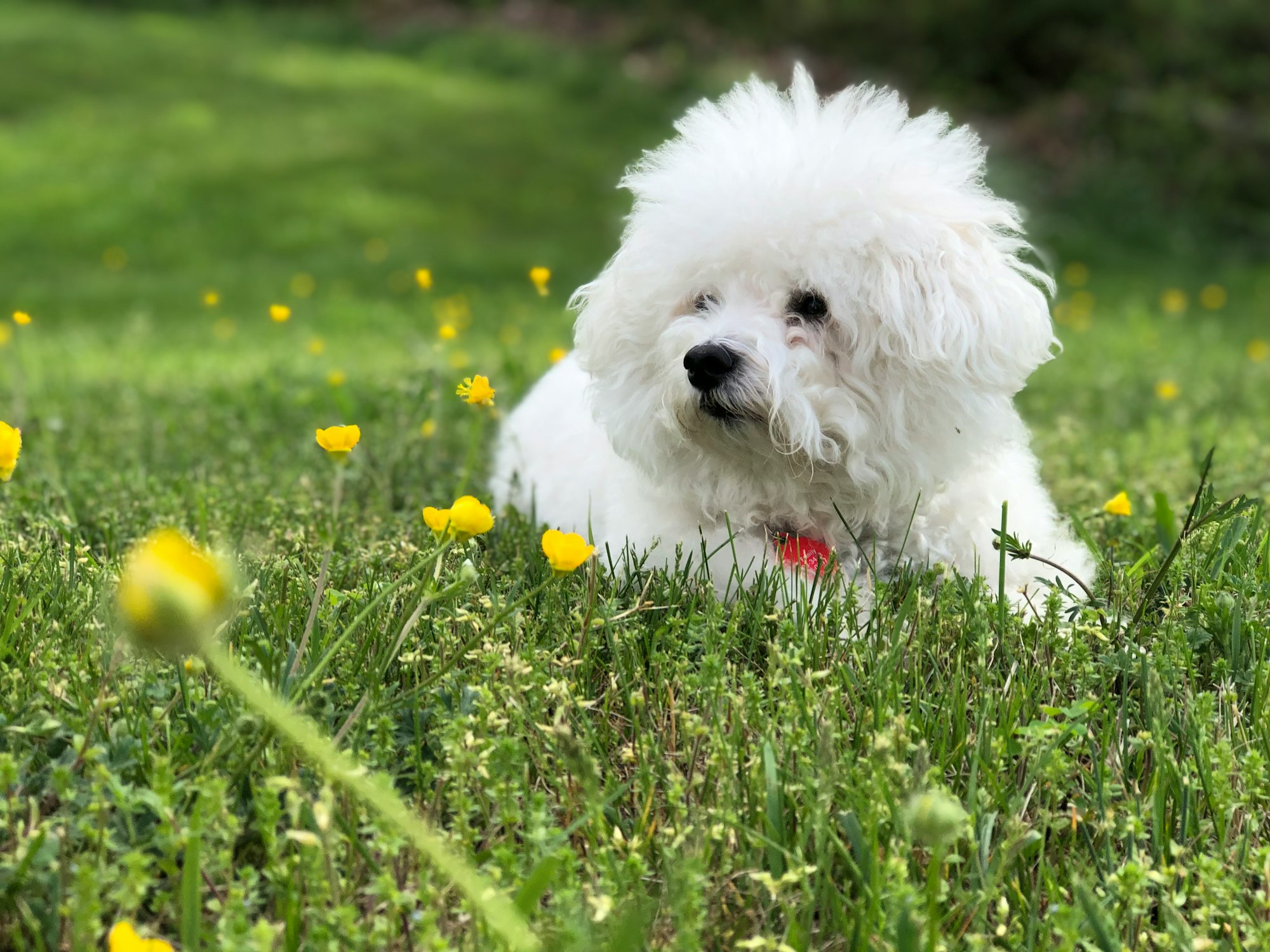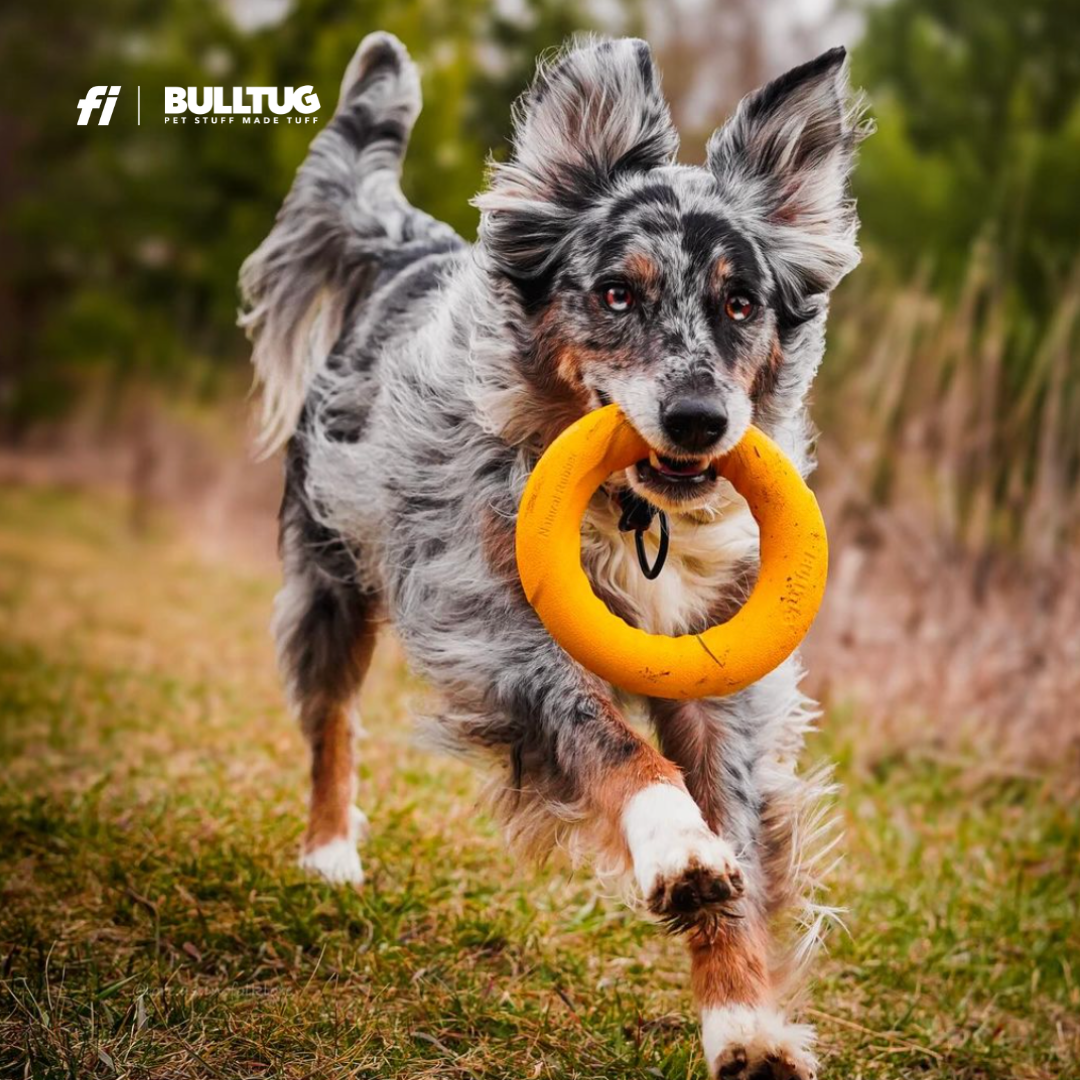Spring has sprung! After a Winter of sitting around on your “you know whats,” you can’t wait to get outside with Rover and start to exercise and play. Well that’s a no brainer—just get out there and start pounding the pavement, right? WRONG!! Not so fast!! The idea is great, and we even encourage it, but you need to take a few things into consideration first.

Take A Trip To The Vet
Before starting any exercise program with your pet, you want to have him or her checked out by your veterinarian. Besides a basic physical examination (weight, heart, lungs, etc.), your veterinarian, depending on what part of the country you live, you may want to check your pet for heart worm before resuming a preventative. This is obviously a good time of year to start up your monthly flea prevention medication as well. If you are in a tick endemic area, he/she may discuss forms of tick prevention, and even a Lyme Disease vaccination.
Paw Care
Believe it or not, a dog’s feet get soft after months of R&R. If you were to start some heavy running right away, your dog could end up with blisters and very sore feet. It is important to start slowly, and gradually work up to those 2 or 3 miles.

Check The Weather
Also, make sure not to do your exercising/play during the middle of the day. Either get out there early in the morning or late in the afternoon/early evening. Dogs can overheat very easily if they overexert during the heat of the day. Remember, the pavement retains heat for quite a few hours after the sun goes down, so be careful. I recommend carrying water with you during your session and use it often. It also wouldn’t be a bad idea to soak a bandana down with water and put it on your dog’s neck before you start your run. Make sure to take a few rests and monitor your dog often for signs of overheating.
Dangerous Plants
There are some other spring hazards besides fleas, ticks, rising temperatures, and possibly being a little out of shape. Make sure you know what a “foxtail” looks like and where they are hiding. These are little plant awns which are found in grasses and weeds and once they penetrate the skin (usually in between the toes) or enter down into the ears or up into the rectum, they only migrate one direction—IN! They are often difficult to find and remove, and can cause infections. The best way to deal with them is to prevent their penetration. It is a good idea to check your dog’s feet, ears, underside, and anal area for foxtails every time he or she comes in from outside or from a run or a hike.

The other hazard which can have a more subtle effect on your pet during the spring, and can even effect your pet even as they stay indoors or just in your yard, is pollen. Many dogs suffer from atopy, or inhaled allergies, which causes much itching, skin sores, and discomfort. If you notice your dog scratching more than normal, or seen rashes or sores, make sure to bring him or her to your veterinarian for an exam.
Now that you are aware of the potential “springtime hazards” and know the rules of exercise and activity “game,” get out there, be smart, and have a great time. Maybe I’ll bump into some of you at our local dog park and our dogs can play together!
-Dr. Jeff






